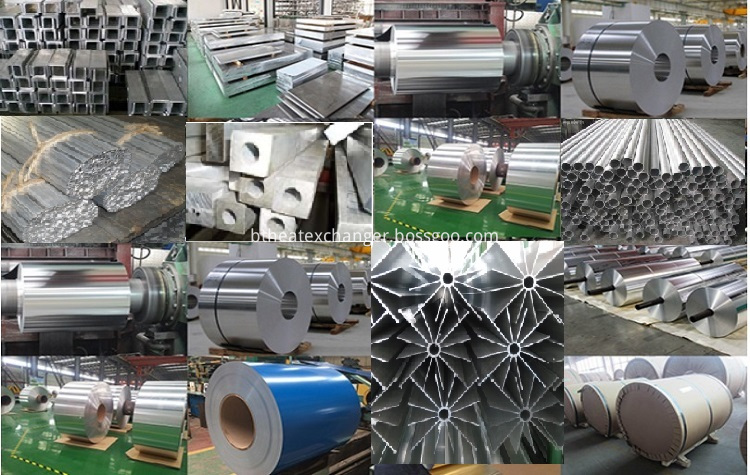1. Create several concepts: 1 long-term theory: the so-called long line refers to the geometric length of the line is longer than the wavelength of the electromagnetic wave transmitted on it or can be compared with the transmission line; the other hand is short-term. No matter whether the low-voltage pulse method or the high-voltage inner-circuit method detects the fault distance of the power cable, it is a microscopic process that discusses the propagation of the electric wave in the power cable. The power cable is considered as a “uniform long lineâ€. According to the variation law of the amplitude, phase, speed and other parameters of the electric wave in the transmission process, the radar fault distance principle is used to determine the fault point distance. 2 Microwave transmission theory (radar principle): When an electric wave propagates in a long line, a reflection wave is inevitably generated when the characteristic impedance of the cable changes. By analyzing the time difference between the incident wave and the reflected wave, the distance of the fault point can be calculated. 3 Reflection coefficient: It refers to the ratio of the reflected wave to the incident wave at a certain point on the long line, that is, the ratio of the voltage (or current) of the reflected wave at a certain point on the long line to the amplitude of the incident wave voltage (or current). Divided into the following situations: 0<freverse ≤1 Normal reflection—the amplitude changes. When f=1, open circuit; -1≤f<< negative reflex - both amplitude and phase change When f = -1, a short circuit occurs. 2, the principle of cable fault testing The cable fault test is based on the reflection of the radio wave on the microwave transmission line to achieve a rough measurement of the cable fault. For low-resistance and open-circuit faults, the smart flicker itself generates and transmits a pulsed signal to the faulty cable. After the electrical pulse transmitted in the cable encounters the fault point or cable anomaly, a reflected pulse is returned along the original cable path back to the transmission. End, the application of distance formula S = vt available: S=1/2vt..................................................................1 Where: S---- Distance from fault point to test end v----The transmission speed of the electrical signal in the cable is only related to the insulation medium of the cable; it is a constant regardless of the conductor material of the cable. For example, the oil-impregnated paper cable v≈160m/μs; the cross-linked polyethylene cable v≈ 170m/μs. T = the time required for the electrical signal to be sent from the test end to the point of failure and then back to the sender. Therefore, as long as the time T is measured, the distance from the fault point to the test end can be known. For high-impedance faults, the intelligent flicker tester uses the fault point of the cable under high voltage to form a momentary short-circuit fault by flashover discharge, and simultaneously tests the principle of the echo signal. Measure the time difference between the two echo signals. Use Equation 1 to calculate the distance from the fault point to the test end.
We supply high quality all kinds of heat exchangers including aluminum plate&bar coolers, tube&fin intercooler, radiator, Stacked Plate Oil Cooler, Water Cooled Plate, large finned-tube ambient vaporizer, helicoil Fin Tube pressure building vaporizer etc. In addition, we also offer a series of high quality heat exchanger components : Aluminum Fins, Folded fin, Aluminum Foil, Alumium Extruded Tanks, Aluminum Profiles, Aluminum Extrusion/Casting Tank, Intercooler Tube Fin, Aluminum Star Shape Extrusion Fin Tube for Ambient Vaporizer etc. They're in high quality with very competitive price and professional service.
Heat Exchanger Components, Heat Exchanger Fins, Fin Tubes of Ambient Vaporizers, Alumium Tanks, Aluminum Bar, Aluminum Fins, Copper Fins, Stainless Steel Fins Wuxi Better Technology Co., Ltd , https://www.btheatexchanger.com
Power cable fault test technology